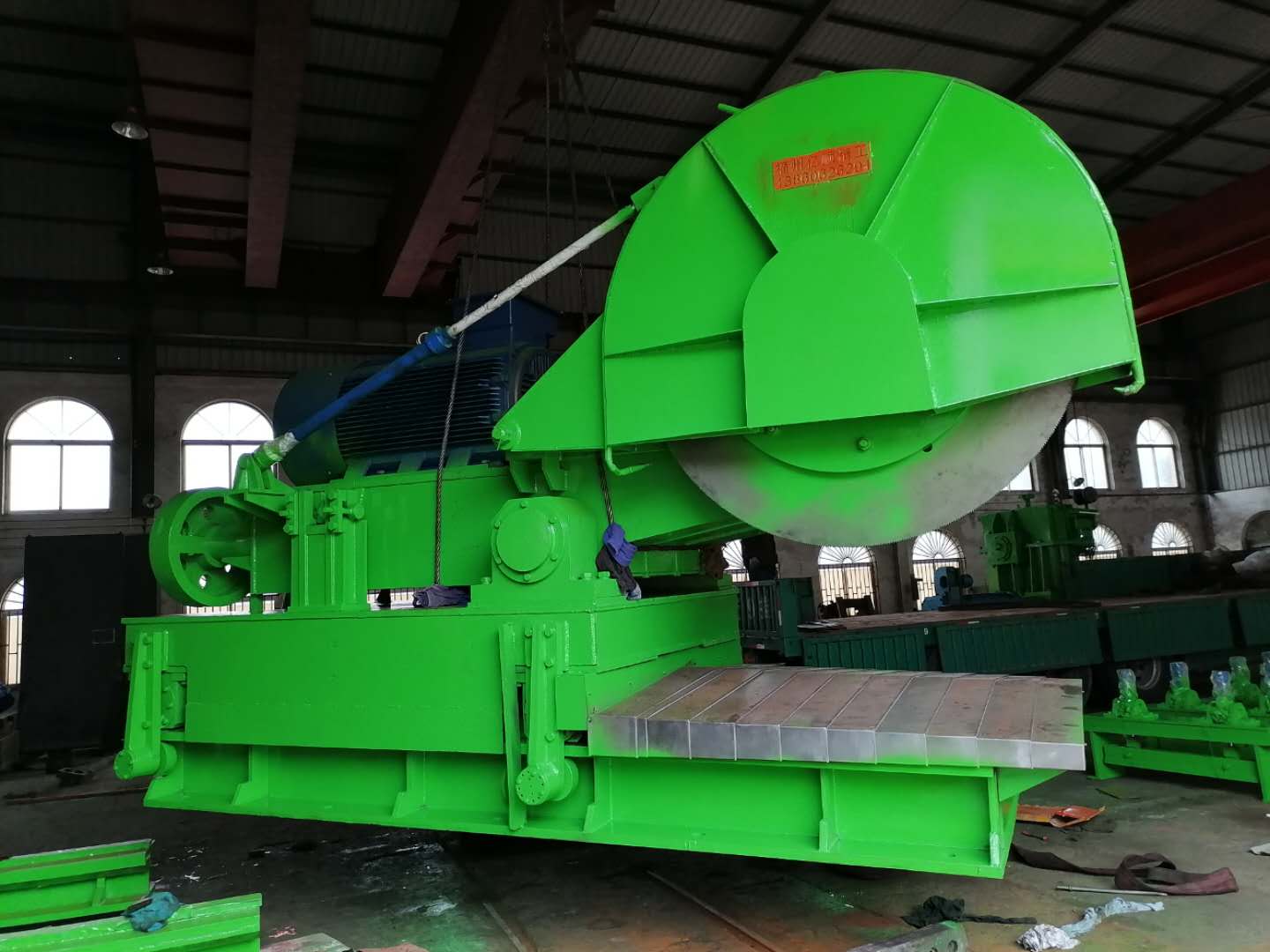Your location:Home > Information dynamic
> Industry dynamics
The difference between hot saw and cold saw
Source:www.fhytrip.com Release time:2025/7/1 16:47:29
Definition of hot saw and cold saw
Hot saws and cold saws are commonly used cutting tools in wood processing, and their definitions are as follows:
1. Hot saw: A sawing machine that uses the friction of a saw blade to generate heat, which decomposes wood and cuts it.
2. Cold saw: a sawing machine that uses the teeth on the cutting tool to directly cut wood into the desired geometric shape.
Working principles of hot and cold saws
1. Working principle of a hot saw: The saw blade of a hot saw generates high temperature through high-speed friction, causing the wood to decompose internally and achieve the purpose of cutting.
2. Working principle of cold saw: The saw blade of the cold saw removes wood by cutting it, and the temperature of the saw blade does not increase during the cutting process.
Characteristics of hot and cold saws
1. Characteristics of hot saws:
-High efficiency, suitable for processing harder wood;
-The wood cutting surface is smooth and does not require further processing;
-During cutting, a large amount of smoke and odor will be generated, causing significant environmental pollution.
2. Characteristics of cold saw:
-The cutting efficiency is relatively low, but there is no smoke or odor generated during the cutting process;
-Suitable for various types of wood;
-Further processing is required to achieve the desired surface quality of the wood.
In summary, both hot saws and cold saws have their unique advantages and applicability in processing wood. When choosing to use, it is necessary to select suitable tools based on the type and quality requirements of the processed wood.
Hot saws and cold saws are commonly used cutting tools in wood processing, and their definitions are as follows:
1. Hot saw: A sawing machine that uses the friction of a saw blade to generate heat, which decomposes wood and cuts it.
2. Cold saw: a sawing machine that uses the teeth on the cutting tool to directly cut wood into the desired geometric shape.
Working principles of hot and cold saws
1. Working principle of a hot saw: The saw blade of a hot saw generates high temperature through high-speed friction, causing the wood to decompose internally and achieve the purpose of cutting.
2. Working principle of cold saw: The saw blade of the cold saw removes wood by cutting it, and the temperature of the saw blade does not increase during the cutting process.
Characteristics of hot and cold saws
1. Characteristics of hot saws:
-High efficiency, suitable for processing harder wood;
-The wood cutting surface is smooth and does not require further processing;
-During cutting, a large amount of smoke and odor will be generated, causing significant environmental pollution.
2. Characteristics of cold saw:
-The cutting efficiency is relatively low, but there is no smoke or odor generated during the cutting process;
-Suitable for various types of wood;
-Further processing is required to achieve the desired surface quality of the wood.
In summary, both hot saws and cold saws have their unique advantages and applicability in processing wood. When choosing to use, it is necessary to select suitable tools based on the type and quality requirements of the processed wood.
Prev:
Classification and Characteristics Analysis of Co…
Next:
How to choose reliable steel rolling equipment?





